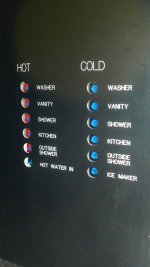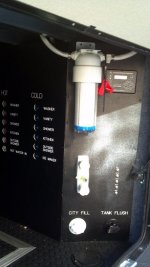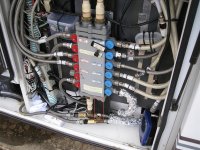Bones
Well-known member
I am planning on redoing the plumbing in my camper because I want to be able to zone some parts of my unit so that I can camp in colder climates when I would like to camp and open a zone or flush a zone out. I looked at the plumbing done in the camper it it would appear to be PEX-B which uses the clamps. Has anyone used the PEX-A in their plumbing or what have you done that I should consider doing or do you think the PEX-B is just fine and I should just stay with that and do what I want with home runs. I am specifically looking to zone out my camp kitchen to prevent it from freezing if it gets too cold on a November night.



